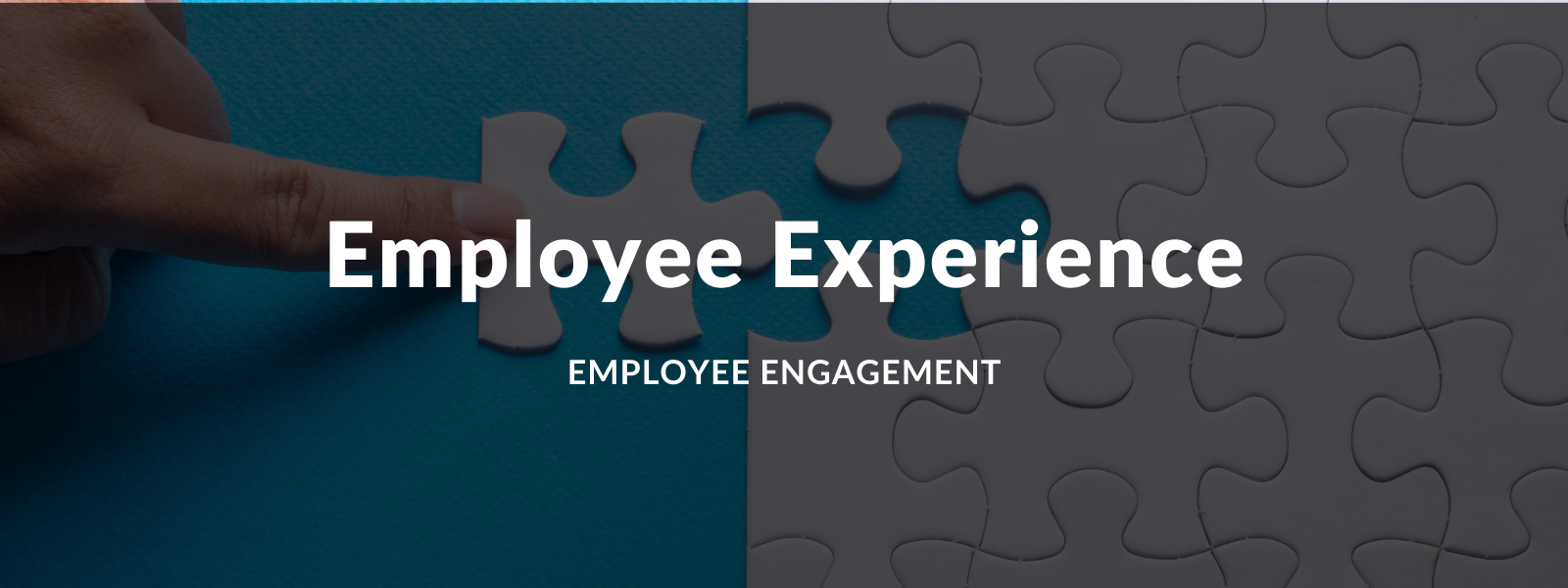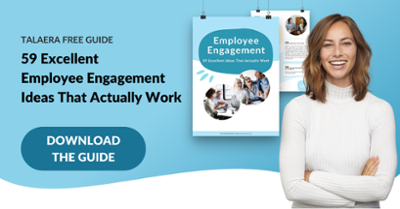By Neya Abdi on Aug 9, 2017 5:31:11 PM
No, technology will not kill HR, but it will force HR to evolve. Traditionally, organizations tasked HR departments with a few key functions - compliance, recruiting, training, payroll, benefits - but many of these responsibilities are being automated by new technology. This may look like a grim picture, but it actually means that HR jobs will get a touch more interesting in several ways.
HR departments of the future will no longer be considered a tangled world of bureaucracy and paperwork. As organizations focus more on attracting talented problem-solvers from around the world, their goal will be to create the conditions that tempt people to join and convince them to stay.
Understanding what constitutes a good employee experience is essential for doing just that –and it will also boost employee engagement in your organization.
4 Important Pieces Of Your Employee Experience Puzzle
#1 Borrow from the customer experience
Creating the optimal employee experience shouldn’t feel foreign. You’re already applying this idea in a big way to an entirely different set of actors: your customers. Use the customer experience framework to build an employee experience framework.
An article in the Harvard Business Review recommends thinking of your employees as moving through the employee’s journey in much the same way you visualize your customers moving through the customer’s journey which outlines all the ways customers interact with a company. As HBR notes, steps in this journey can include sourcing and recruiting, pre-boarding, onboarding, ongoing learning and development, advancement, and more.
#2 Keep star candidates engaged during the recruitment process
Imagine finding the right talent, knowing instantly they’re someone you want and then losing them to the competition because you took two weeks to get back to them. While two weeks may seem like nothing to you –especially with all of the other tasks you have to juggle–, for a candidate it’s read as a sign you’re not interested. And can you blame them? Today’s candidates are roundly told that if they don’t hear back, they can consider themselves ruled out.
Keep in mind that sourcing and recruiting are part of the employee’s journey and by extension, part of the employee experience. Consider improving your recruitment process by shortening the length of time it takes to get back to promising candidates and making the recruitment process more engaging with updates and feedback.
Most importantly, put yourself in the applicant’s shoes. Is the application process tiresome and tedious? Are there unstructured interviews and a frustrating online form? Consider the recruitment process from the perspective of prospective talent to ensure your company’s next best employee doesn’t slip through the cracks.
#3 Consider the impact of office layout on company culture
Discussions about company culture tend to focus on how managers can effectively empower their employees and cultivate a positive work environment. And they should since those are very important points. But there’s another factor that gets very little ink time, and that’s the physical layout of your office.
Susan Cain, founder of the Quiet Revolution, points out that offices are often designed with extroverts in mind. There is a lot of stimulation, which extroverts thrive off. Instead, Cain pushes managers to ask themselves how they can create a workplace that accommodates the needs of both extroverts and introverts by asking colleagues where they get their best work done. For instance, offices with an open floor plan may not lend themselves to introverts who would do better work with private spaces.
#4 Segment employees beyond job title and department
In the same way that marketers segment their customers based on needs and behavior, HR managers should segment their employees, too. Not all employees have the same career goals, needs, ambitions, or faith in the company. As HBR notes, developing a nuanced understanding of what drives your employees can help you make better decisions related to professional development, advancement, and perks when improving the employee experience and boosting employee engagement.
As technology eliminates many of the irritating manual tasks that take up so much time, it’ll also mean that workplaces spend more time looking for problem solvers and innovative thinkers. This means that the job of HR will be recruiting the best people, putting together the right teams, and ensuring those team members stick around.
Conclusions
Attention to employee experience is clearly on the rise, and employers need to take a holistic approach to ensure good results.
To help you find the right employee engagement strategies for your team, we have compiled these 59 excellent employee engagement ideas that actually work, collected through extensive research, personal experience, and advice from other HR Managers, Learning and Development specialists, Heads of People, and other experts in the field. You can download the guide here for free. If you are considering different learning and development opportunities for your employees, get in touch with Talaera and we will create a business communication program tailored to your teams’ needs and interests.
- Free English webinars - monthly live sessions with one of our communication experts
- Free English guides - download these free ebooks to learn more about business emails, pronunciation, and other communication skills
- Business English Newsletter- get the best offers and receive free content on Business English communication
If you enjoyed this article, keep reading:
- How To Overcome The Top 4 Communication Barriers In The Workplace
- 7 Tips On How To Communicate Better With US Americans [Podcast]
- 'Stay safe' - How to Send Actually Genuine Emails During the Pandemic
- How To Learn The Difference Between 'Really' And 'Very'?
- 150+ Useful Email Phrases That Will Make Your Life Easier
- 14 Simple Rules That Will Make You A Better Communicator




comments